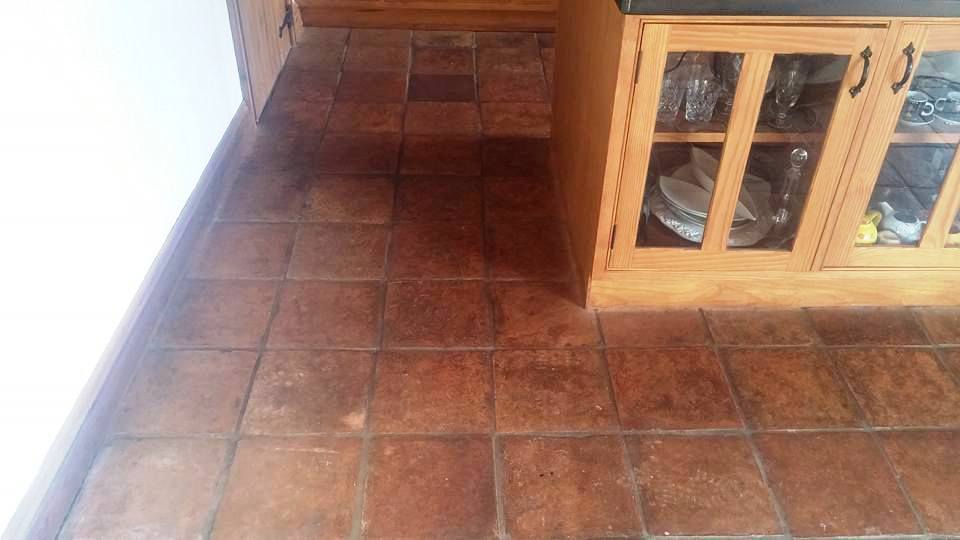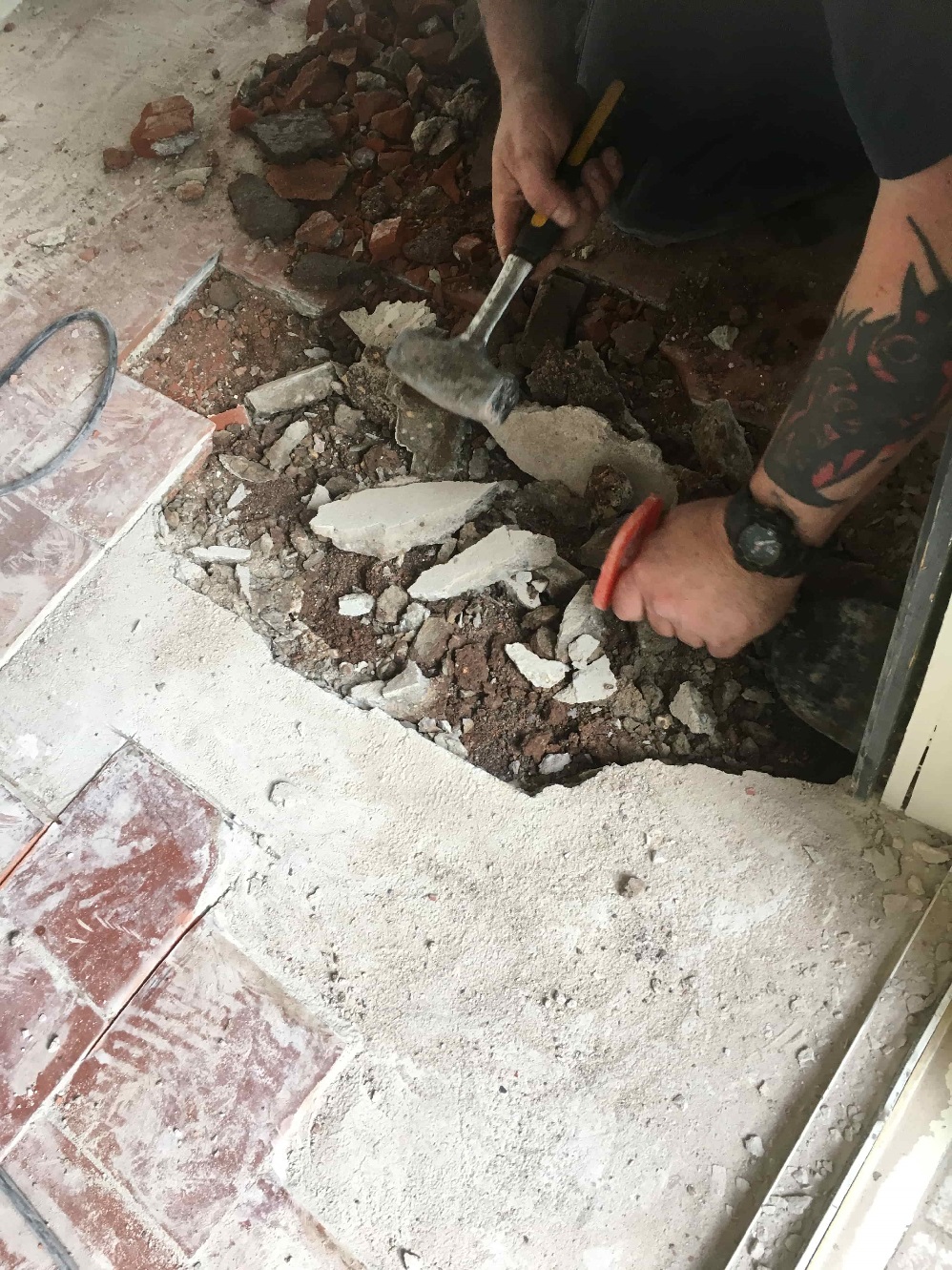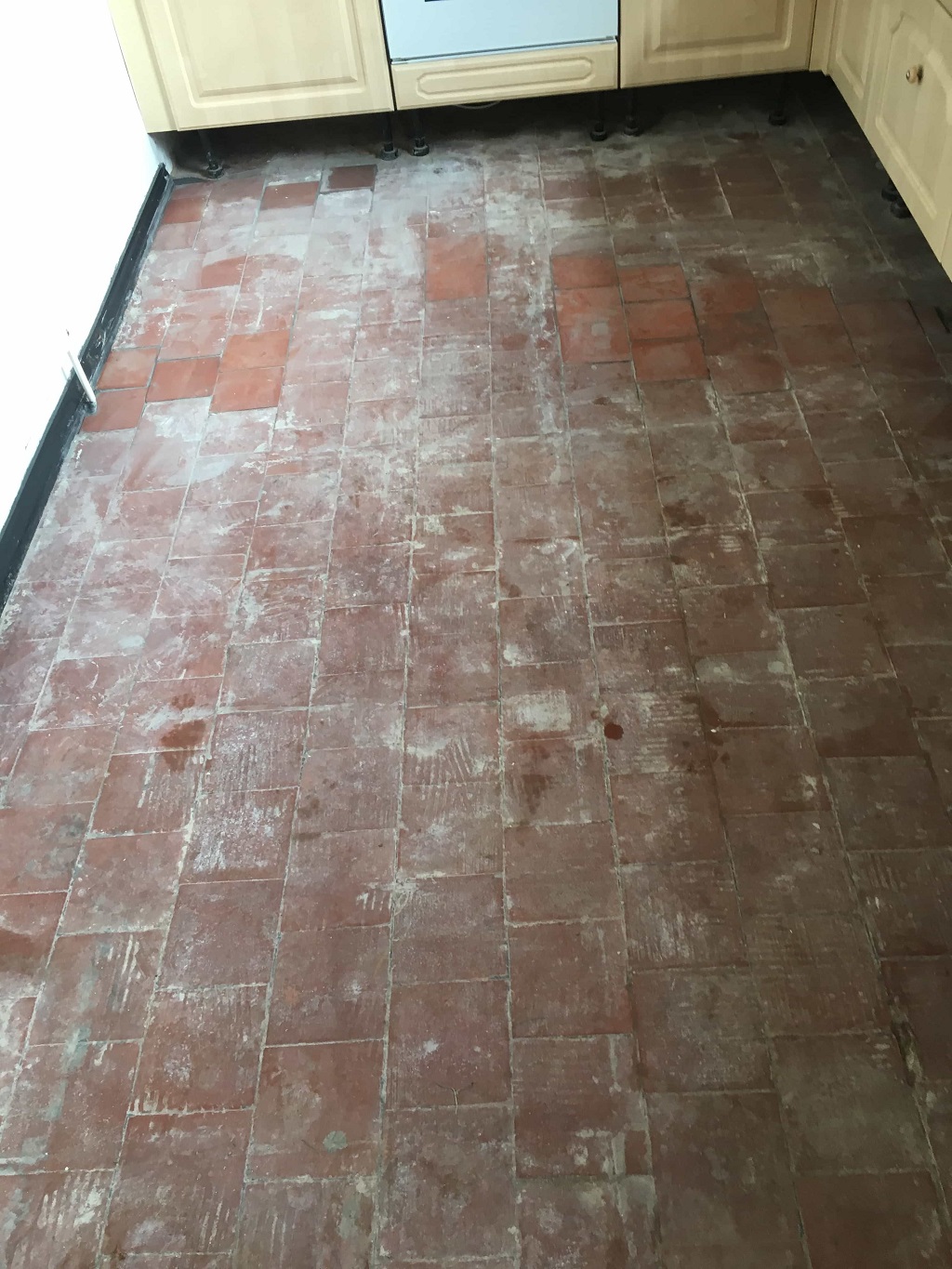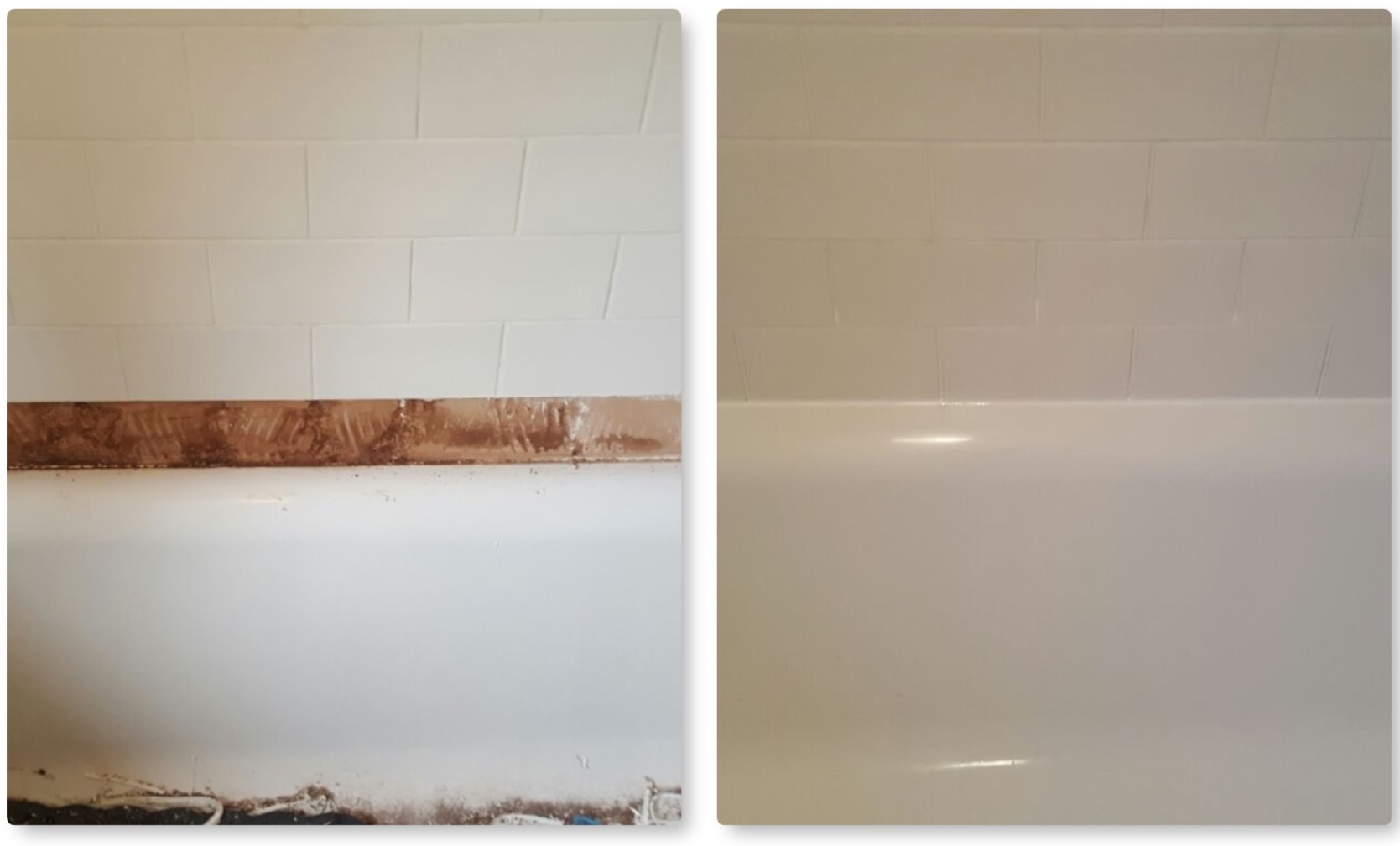1: Body, Eye, and Breathing Protection
Purchase disposable plastic coveralls, masks, goggles, petroleum jelly, covers for your shoes and some gloves. Cover yourself totally before getting started by using the disposable clothing and include a mask, hair covering and goggles. The paint you will be using will be extremely difficult to get off if it gets on your skin and hair. Any area of skin not covered should be protected with petroleum jelly.
2: Clear the Decks
It is best to cover the entire area of floor and any immovable objects before starting to spray. By clearing the area as much as possible, you will make your job of spraying the floor joists a lot easier. Using a sprayer makes the task of painting easier but tends to make a fine spray throughout the area, whichever paint you decide on. The paint you will be spraying will cover everything with a fine dusting. Its better to invest in some throw away plastic sheeting than to use fabric to cover items.
3: Types of Paint to Use
The best paint for painting floor joists is a non-shiny or matte paint. You do not want the ceiling to be obtrusive. A flat finish with a water-based paint is a better option.
The best paint for painting floor joists is a non-shiny or matte paint. You do not want the ceiling to be obtrusive. A flat finish with a water-based paint is a better option.
4: Apparatus to Use
Because you will be painting a large area over your head, it will be easier to use a spray painter. If you don’t already have one, rent one for the project. If however, you intend to do further projects, purchasing a sprayer would be a better solution. Check on the sprayer as to what consistency the paint should be mixed to and stick strictly to the directions.
Because you will be painting a large area over your head, it will be easier to use a spray painter. If you don’t already have one, rent one for the project. If however, you intend to do further projects, purchasing a sprayer would be a better solution. Check on the sprayer as to what consistency the paint should be mixed to and stick strictly to the directions.
5: Mask the Outlets
Make sure all wires and outlets are masked off. There could well be loose wires along the floor joists. Make sure you mask them off completely. You do not want the paint entering or adhering to these items. If possible, cover them with ducting for cables.
Make sure all wires and outlets are masked off. There could well be loose wires along the floor joists. Make sure you mask them off completely. You do not want the paint entering or adhering to these items. If possible, cover them with ducting for cables.
6: Primer
Use a primer first. Although you might be tempted just to paint, a proper primer will make the job last longer. Primer helps paint adhere to the surface better and will provide a more professional look.
Use a primer first. Although you might be tempted just to paint, a proper primer will make the job last longer. Primer helps paint adhere to the surface better and will provide a more professional look.
7: Paint
Paint over the entire area. Make certain no part of the ceiling or the joists remains uncovered. It could well require two coats. When spraying, spray lightly and move on to the next area. You do not want globs of paint appearing. If you leave the sprayer for a while, you will have to clean the nozzles or they will clog up. Clean the whole sprayer if you intend on leaving it over night. Paint should not be left in it for long periods.
It is not a difficult job to do and the basement will look far better once the floor joists are painted.
Paint over the entire area. Make certain no part of the ceiling or the joists remains uncovered. It could well require two coats. When spraying, spray lightly and move on to the next area. You do not want globs of paint appearing. If you leave the sprayer for a while, you will have to clean the nozzles or they will clog up. Clean the whole sprayer if you intend on leaving it over night. Paint should not be left in it for long periods.
It is not a difficult job to do and the basement will look far better once the floor joists are painted.
Source: www.DoItYourself.com










